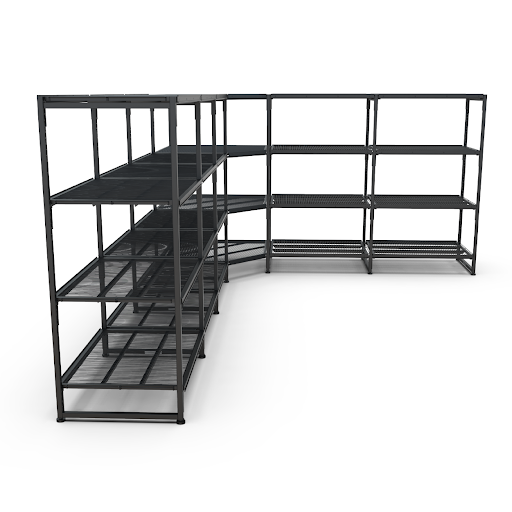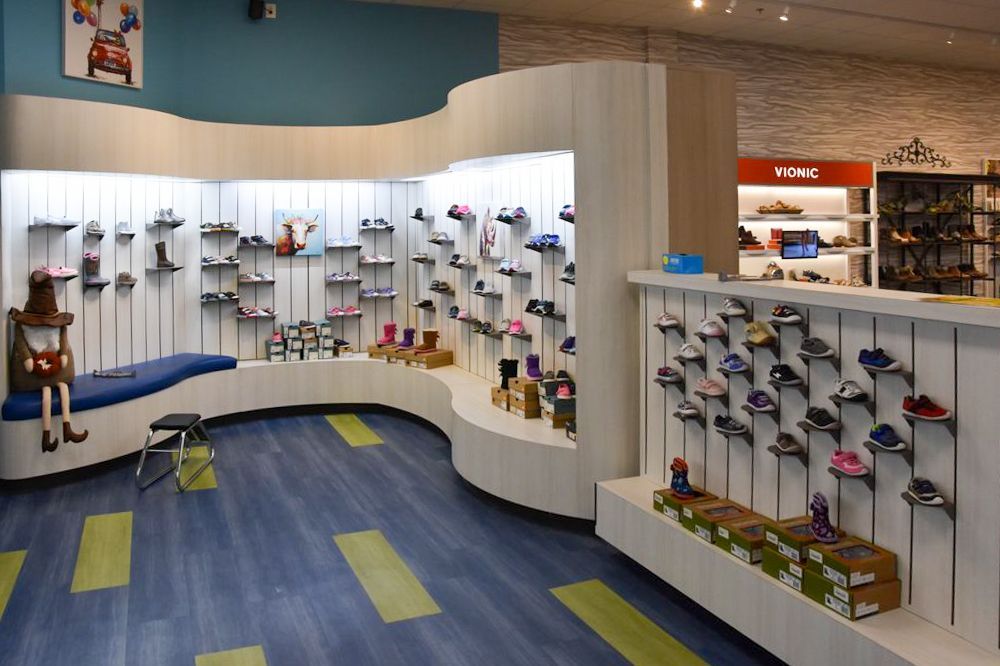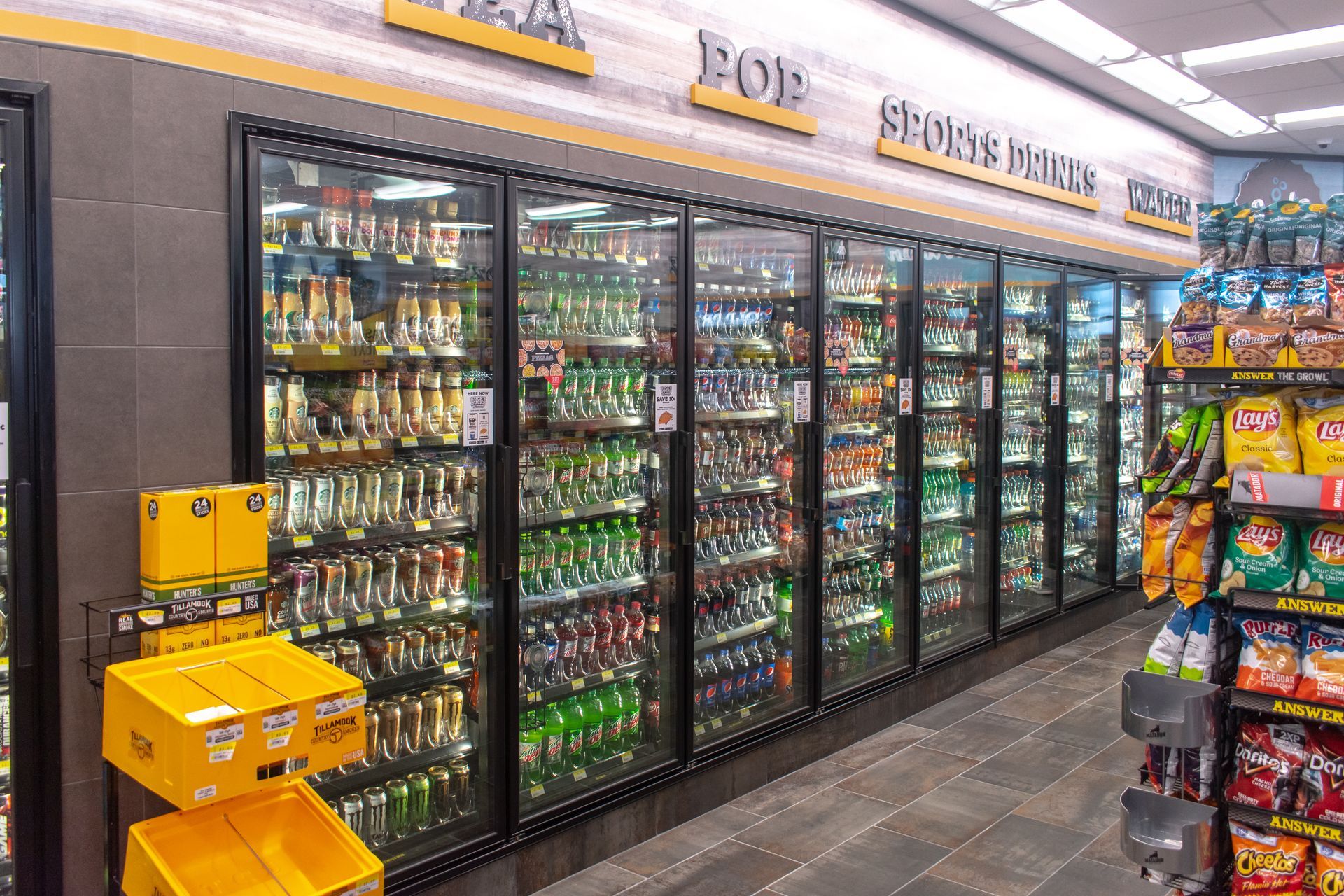A Guide to Retail Shelving
When you picture a brick-and-mortar retail store, aisles and aisles of products likely come to mind. Stores whose merchandise is organized well throughout the space often have higher sales and higher customer experience reviews. One of the biggest keys to having an organized store is what’s underneath the quantities of products – the shelving. Whether you run a grocery store, a convenience store, or any other retail store, the retail shelving you use and how you configure it throughout the store is critical.
Dimensions
The dimensions are the first consideration before you order new shelving for your store. Store owners should draw up a few blueprint plans for how they think everything will fit together and be sure to consult with retail and visual merchandising experts. The customer experience should always influence design. Customers will need enough room to maneuver through aisles and displays, and some customers may have wheelchairs, strollers, multiple baskets/bags, or grocery carts (depending on the nature of the store).
Further, you’ll need to ensure the desired items you want to put on each shelving unit will fit and be visible. The balance between buying shelving for your merchandise and shelving that will make for a navigable store is a challenging balance to strike, but with research and help from the experts, store owners can achieve this.
Functions
Some shelving units are made for a specific purpose. A crucial aspect of any shelving unit is the amount of weight it can bear. Bulky or heavy items need to be placed on a shelving unit that can handle the weight, whereas shelving that bears less weight might be a better fit for smaller point-of-purchase impulse items. Some shelving is built to handle cold temperatures for refrigerated areas or walk-in coolers and freezers.
Aesthetics
When planning out shelving for your store, you also won’t want to miss out on aesthetics. While your products and their arrangements are the focal points of the store, your shelving can enhance and complement your products. Neutral colors are the most common for retail shelving, but if you have a vision that may call for some units to be a custom color, this could set your store apart. You’ll want the shelving to look sleek, clean, and modern. Some retailers have also started putting soft-glow lights under (non-refrigerated) lighting, which looks aesthetically pleasing and helps customers read labels easier.
Aisles
The retail shelving units in your aisles should follow all the principles above and support the store’s organization. Many stores have item price tags attached to the shelving. You can attach printed-off price tags to retail shelving by sliding them into clear plastic strips that fit in the front piece of the shelves. Some retailers are moving to digital price tags, also called electronic shelf labels , for convenience and sustainability. The shelving in your aisles must also be deep enough to restock items efficiently and effectively.
Endcaps
Endcaps are shorter shelving units often placed at the beginning or the end of an aisle row. These spots are often a great location to spotlight new items or for placing discounted items since the smaller size of the display allows the customer to take it in quicker than an entire aisle. You may consider having your endcap shelving be a different color or shade than the aisle shelving to stand out. Or, if you plan on rotating stock on the endcaps for a discount area, you should be sure the shelving unit is versatile to accommodate a variety of items.
Point-of-Purchase
Point-of-purchase displays have been consistently popular with retailers for decades. These displays are placed around the register or in the queue area. The items are smaller, cheaper, and maybe something customers often need but forget to buy. Since these displays inspire impulse purchases, the shelving for the area should invite a sense of interaction. This could be with a spinning unit, plastic or acrylic containers where customers can sift through items, etc.

Walk-in Coolers and Storerooms
The shelving you choose for areas your customers won’t be in matters too. Keeping track of your inventory in the storeroom is easier when you have quality shelving. As with customer-facing shelving, you’ll want to think carefully about the dimensions of the units you choose and which design is most convenient for unloading and stocking items. Walk-in coolers and freezers may require shelving that can handle low temperatures and won’t freeze items together.
Work With Presence From Innovation (PFI)
Setting up a new retail environment or updating a current one comes with many choices. Here at PFI, we have decades of experience helping retailers and business owners put their best foot forward with our displays, shelving units, and other retail solutions. Let’s talk about your retail display and shelving needs – contact us today!



